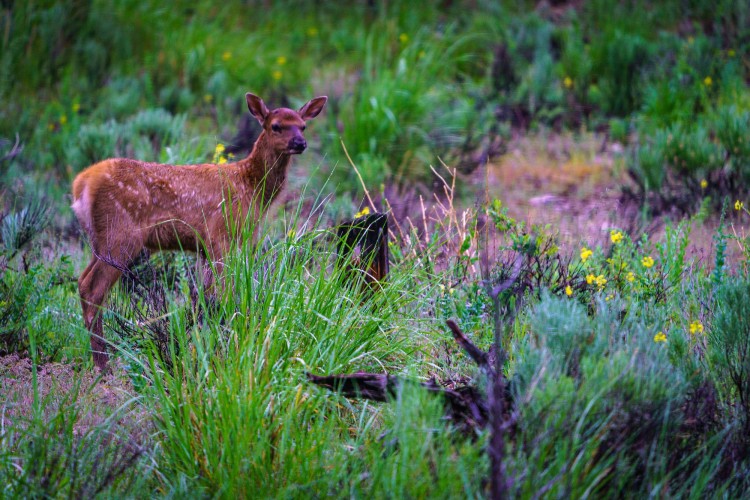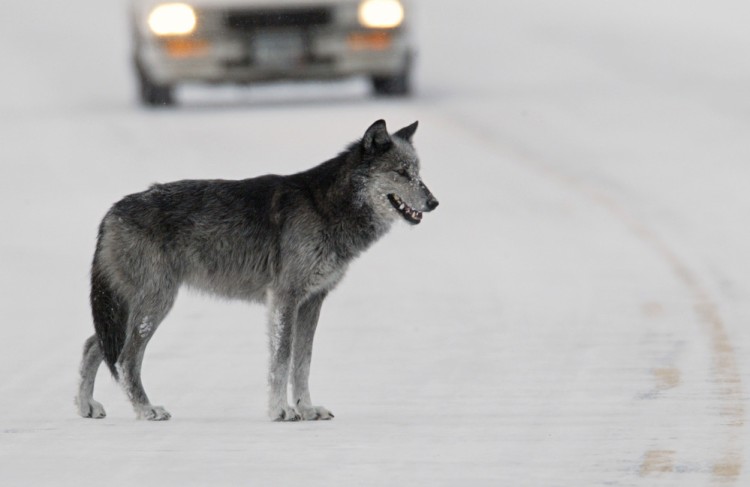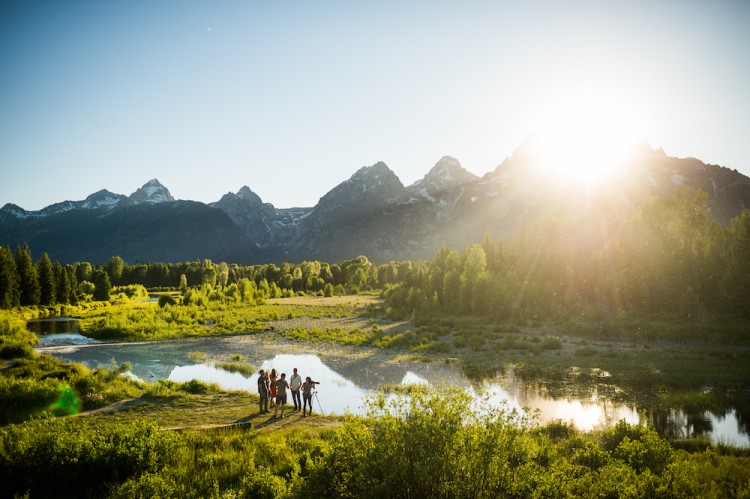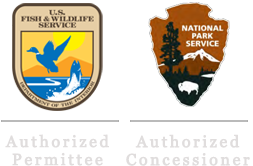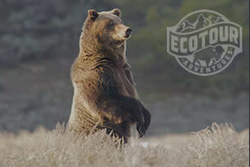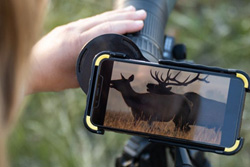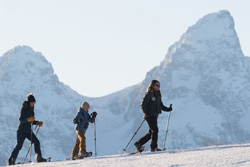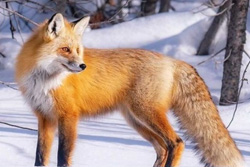Species Profile: Elk
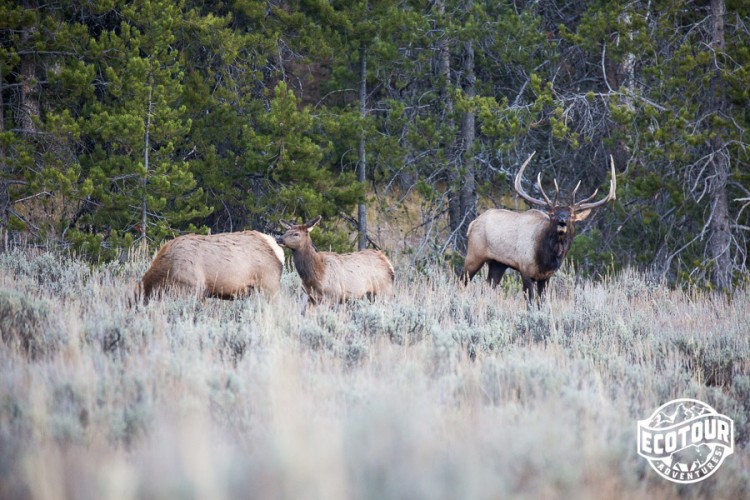

A bull elk herds a group of cows during the rut, or mating season in the Jackson Hole Valley, Grand Teton National Park
Autumn is approaching in Grand Teton and Yellowstone National Parks. Soon it will be time to experience one of North Americas most spectacular wildlife displays, the elk rut.
Arrive early, before dawn lights up the mountains. Open meadows near forested areas are ideal. Listen. From the still morning air a loud bugle may echo through the forest. It’s a master bull elk, calling to his harem of female, or cow elk. He’s also challenging other males. This is the elk mating season, also known as rut, and the scenery of golden aspen trees beneath jagged peaks provide the perfect backdrop.
A Bull elk bugles in Grand Teton National Park during a Grand Teton Wildlife Safari.
What is the Rut
With our long harsh winters, animals in the Greater Yellowstone Ecosystem must time reproduction exactly to make the most of the summer bounty. Large herbivores like elk, deer, moose, bison, pronghorn antelope, and bighorn sheep all mate in fall, during the rut. Starting in August, antlers, concealed beneath fuzzy velvet begin to harden. Blood supply to the developing bone gradually cuts off and by September elk have begun rubbing off the velvet. Young conifer trees can be stripped of branches and bark from top to bottom due to this behavior which stains the antlers dark brown.
Now polished smooth, dominant bull elk begin locating herds of females, bugling to attract them. Females are both attracted to and fearful of bull elk. Throughout the year bulls act very aggressive, even chasing females away from desirable forage. However, during the rut, as cows are approaching estrus, the attraction towards bull elk ends up overpowering any apprehension they may have. Bull elk also attract females through scent marking. They thrash young aspen trees while urinating, spreading their scent in the process.
Want to photograph elk and fall scenery this year? Join our 2020 Fall Photography Workshop!
The biggest bulls do most of the mating, their antler size a direct result of how well they foraged during the summer months. Energy expenditures from growing antlers as well as the rut are massive, and dominant bulls rarely maintain their status for more than a few years. Paradoxically, bulls are far more likely to die in winter due to losing up to 10% of their body weight during the rut! Wolf predation is one factor and scientists with Grand Teton National Park have found bull elk comprise the majority of animals killed in winter.
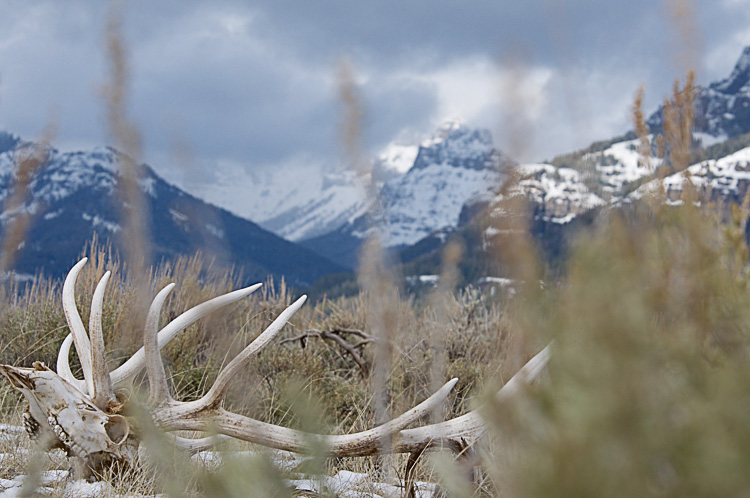
Due to the high energy expenditure required, master bulls rarely maintain their dominance over other bulls for many years. Photo Taylor Phillips
Winter Survival
When the rut is completed and snow begins piling up elk begin spectacular migrations, descending into valleys where snow cover is manageable. At 8,000 feet, the Yellowstone Plateau, is no place for an elk in winter. Exiting the park in all directions, some end up close to 80 miles south of Yellowstone, in the National Elk Refuge. In one of the largest gatherings of elk in the world, upwards of 9,000 will winter here, just steps from downtown Jackson, WY.
Elk have always used low elevation valleys like Jackson Hole in winter, but in the late 1800’s encountered a new competitor for food. Homesteaders brought cattle to the valley, occupying valuable winter range. The Jackson Hole Herd began starving in large numbers, alarming conservationists like Stephen Leek. Leek photographed the plight of elk in the valley, leading to the establishment of the Elk Refuge in 1912. With a winter range now set aside from livestock, elk have a place to spend the winter. Refuge staff continue to provide supplemental feed, a practice started to keep elk off of private property. Elk aren’t the only ones on the refuge in winter however. They are joined by hundreds of bison, bighorn sheep, a small herd of pronghorn antelope, eagles, hawks, coyotes and even wolves.
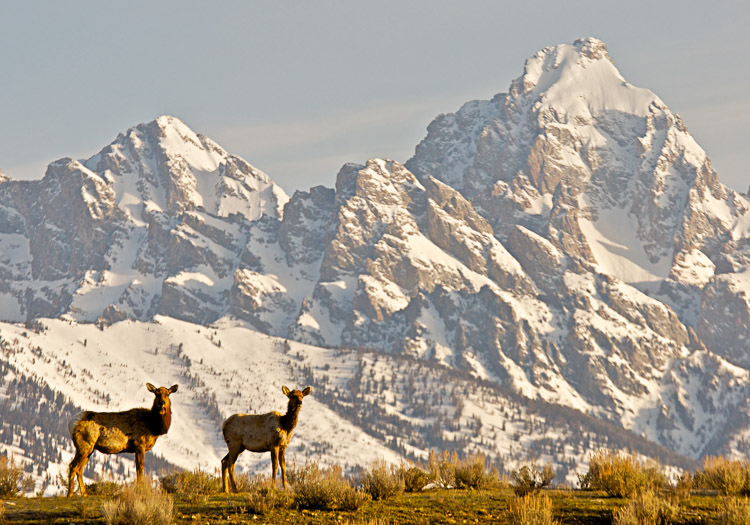
A cow and calf elk follow receeding snows out of the National Elk Refuge to Grand Teton National Park. Photo: Taylor Phillips
Spring Reproduction
In spring, when melting snow awakens plants dormant from winter, elk begin following this greening up of the landscape, reversing the great migrations of fall. Wary of predators, female herds choose sheltered terrain over habitat with good forage, to better increase the chances of their calves surviving. Since the cows all mated at approximately the same time, calves are born in a flush of life. With wobbly legs they spend much of their first few weeks of life bedded down, hoping to avoid predators. As they grow, calves become more active and will excitedly jump and run around herds of adult cows throughout the summer. Fall bugling is not the only sound elk make, and herds are often quite audible as the cows and calves call back and forth to each other.
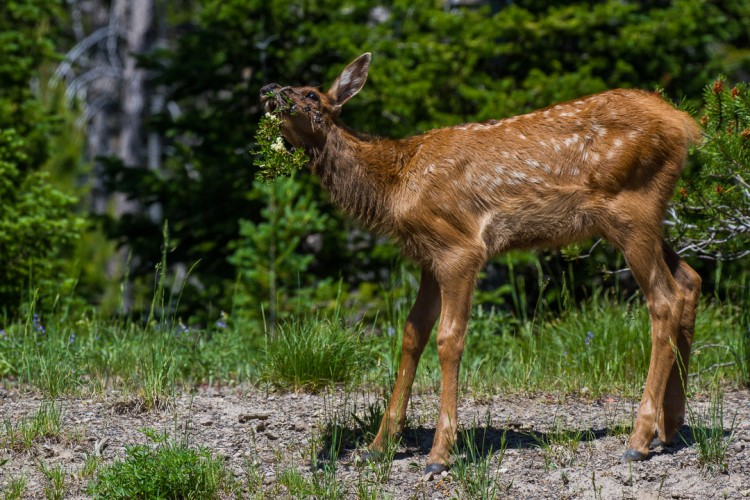
We observed this spotted elk calf playing with its food on full day tour of Yellowstone National Park.
Into Summer
During this time, adult bulls have moved a different direction, seeking out high quality forage to start regrowing antlers for the next rut. Their previous ones are now lying on the forest floor. If discovered outside of the National Parks after April 30th, they may be harvested by those who are willing to look. Left on the ground, small mammals and even elk themselves will chew on the ends obtaining valuable calcium.
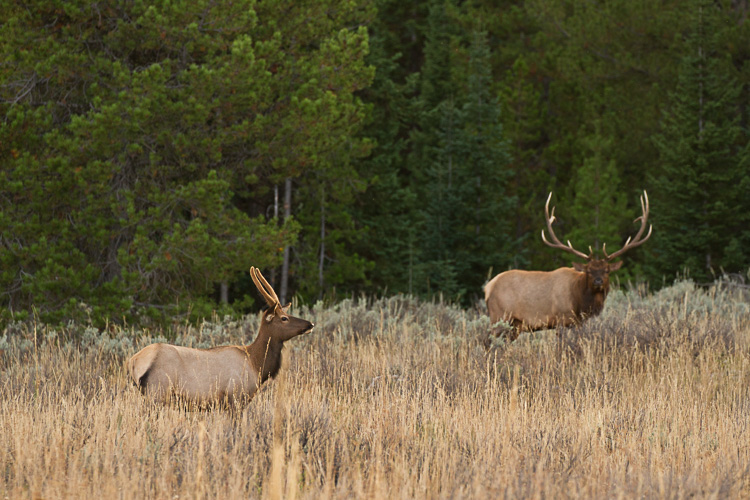
Compare the velvet covered antlers of this spike bull to the adult bull in the background. He has stripped off velvet and is pursuing female herds as part of the fall rut.
Antler growth peaks in early summer, as the flush of high nutrient vegetation is abundant. At nearly an inch per day they are the fastest growing bones in the animal kingdom. Male elk first grow antlers during their second summer. Called 'spikes' due to the lack of forks in the antlers, these young bulls will remain with their mothers until being chased off by aggressive males in fall. In just a few years they to may be big enough to challenge other bulls with a bugle that pierces the stillness of cold mornings in the Greater Yellowstone Ecosystem.
Visiting in September and October gives you the best chance to experience the amazing spectacle of the Elk Rut in Grand Teton and Yellowstone National Parks! To join a safari with Jackson Hole Ecotour Adventures click the Book Now! Button or give us a call at (307) 690-9533. We hope to see you soon!
Josh Metten has spent his entire life exploring and living in the Rocky Mountains of Colorado and Wyoming. He is an Ecotour Adventures naturalist, photographer, conservationist, and outdoor enthusiast. Josh lives in Jackson, WY.




